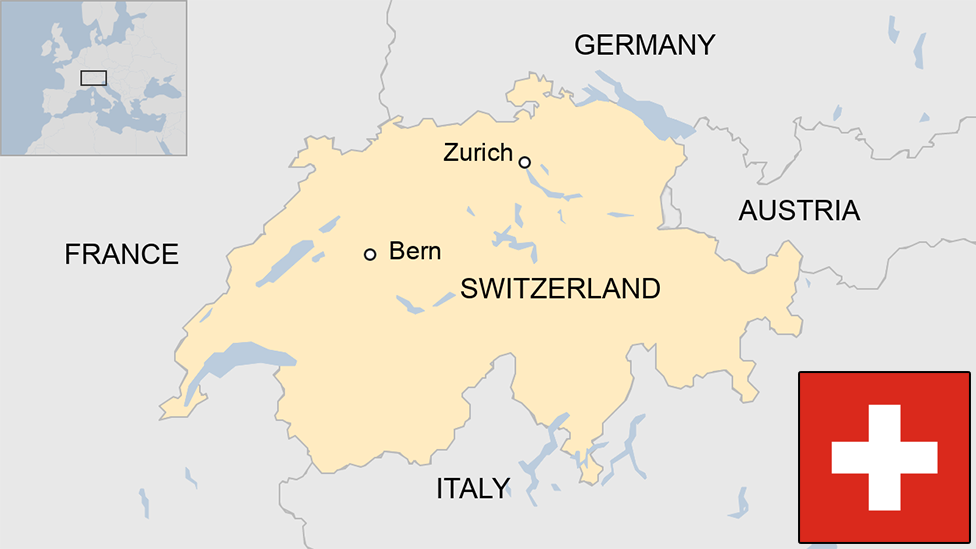UK military helped secret Swiss force in Cold War
- Published
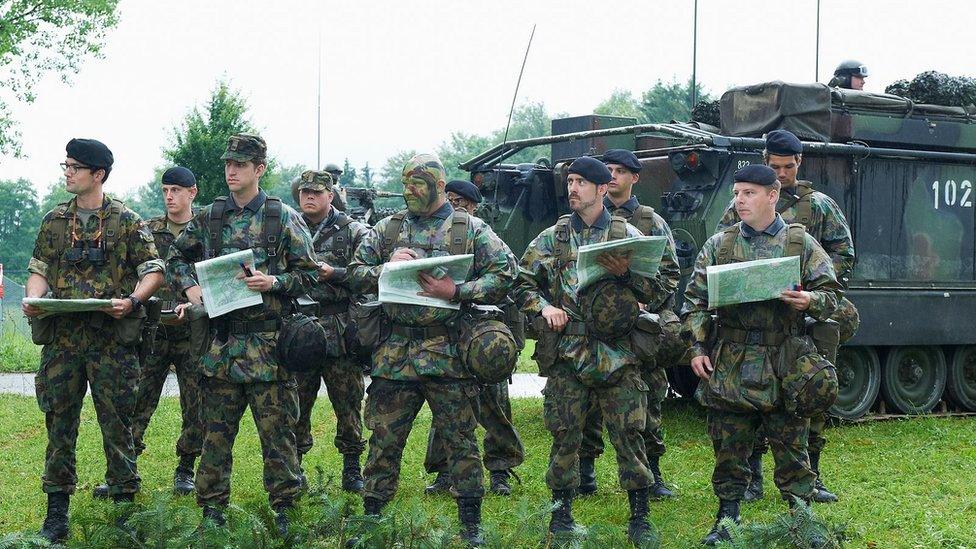
Swiss soldiers: The military is neutral but links to Nato have emerged
A long-awaited report into a top-secret Cold War unit of the Swiss army has finally been published, 27 years after it was written.
The Cornu report reveals that neutral Switzerland had surprisingly close co-operation with the UK - a Nato member.
But some readers are disappointed; the full details were heavily redacted by the Swiss government.
P-26, a 400-strong Swiss army unit, was designed to "stay behind" and resist a possible Soviet invasion.
The report is named after Swiss judge Pierre Cornu, who wrote it.
When the existence of P-26 came to light in 1991, the limited information about it suggested its officers had co-operated closely with a number of Nato member states.
British connection
Of particular concern were rumours - now confirmed with the partial publication of the report - that P-26 had very close ties with British security services, chief among them MI5 and MI6.
The Swiss unit regularly travelled to Britain, where its members, often using fake IDs, were trained in guerrilla warfare, including sabotage techniques.
One particular exercise taught participants how to blow up oil refineries while another involved jumping from a moving helicopter on to the deck of a surfacing submarine.
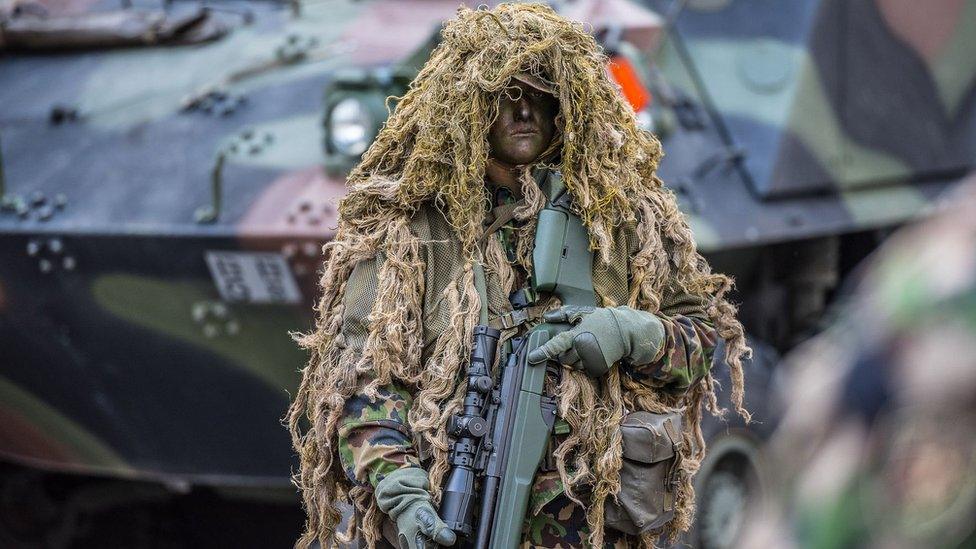
A Swiss sniper: Cold War training focused on guerrilla tactics
P-26 also had plans to relocate its command centre to Britain, should Switzerland be invaded. Equipment for the relocation was stored in a safe in the Swiss embassy in London.
Most controversial of all, P-26 purchased the "Harpoon" encrypted communication system, the very same system in use by a network of "stay behind" military units across Nato member states. Neutral Switzerland, therefore, looked to be preparing to co-operate with Nato in the event of war in Europe.

You might also like:

Neutrality compromised
The existence of a Swiss "stay behind" unit would not in itself be controversial. Switzerland had similar plans to resist a German invasion during World War Two; the Swiss Alps are still riddled with defensive redoubts, to which the army planned to retreat and then harry the invading Germans from on high.
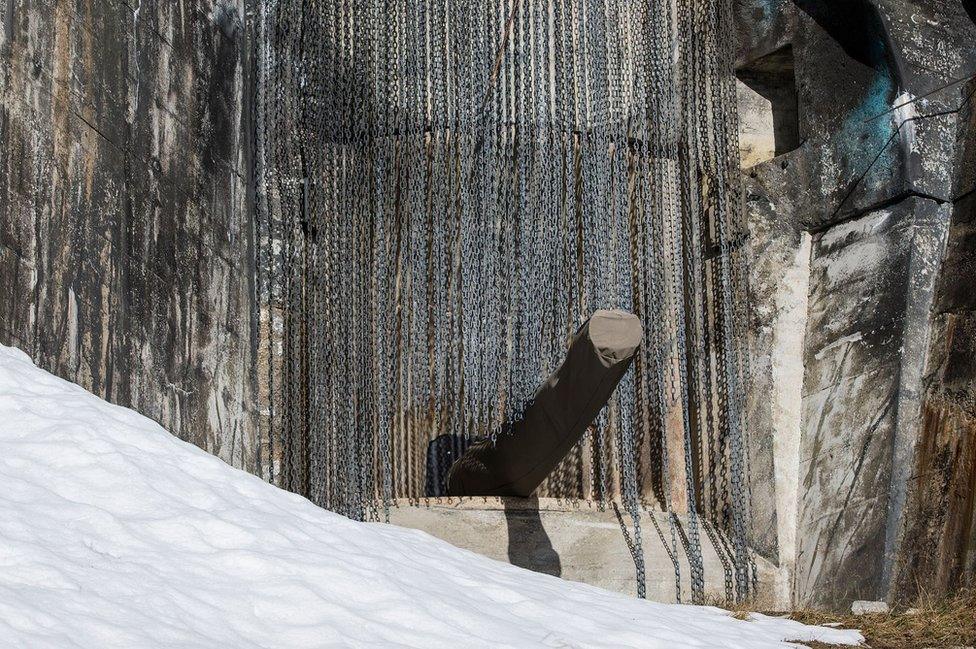
Bunker and cannon in the Alps: The Swiss have many Cold War-era fortifications
But P-26 caused controversy precisely because its existence was kept secret.
Switzerland's parliament, which is supposed to have oversight of all military expenditure, was not informed when it was set up in 1979, and even the seven-member Swiss government received only sketchy details.
And while Switzerland's elected politicians and its taxpayers were kept in the dark, the UK security services, who regularly came to Switzerland to assess P-26, knew every last detail about the secret unit.
The co-operation with Nato member Britain seems to some at least to have compromised Switzerland's strict neutrality.
Government and parliament were bypassed, as well as Swiss voters who, under Switzerland's system of direct democracy, are supposed to have the final say on important policies.
No names
Now that the report has finally been published, the suspicions that Swiss military leaders viewed neutrality as rather flexible appear to have been confirmed.
But the fact that the report has been redacted means that the names of those involved, Swiss, British and others, have not been revealed. Specific locations have also been censored.
The Swiss government says the continued secrecy is necessary to protect individuals mentioned in the report who are still alive.
Critics argue that those who operated a clandestine military unit without the permission of parliament or voters should be held accountable.
Suspicions have increased with the news, confirmed by Switzerland's defence department, that 27 files related to P-26 have disappeared.
For now though, Swiss voters and taxpayers will have to be patient. The full report remains subject to a 50-year secrecy rule, which means it cannot be published until 2041.
- Published25 September 2016
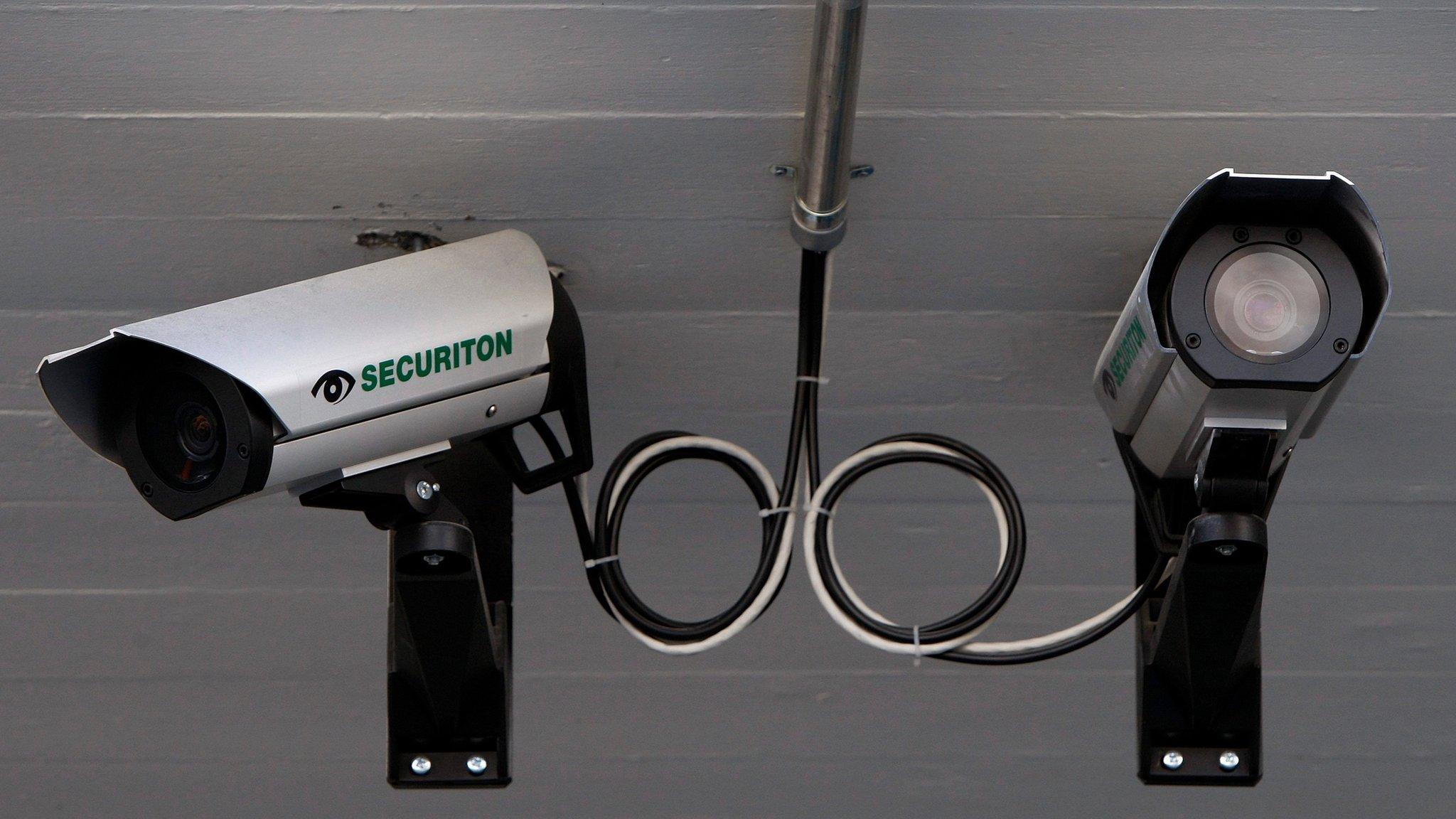
- Published22 September 2013
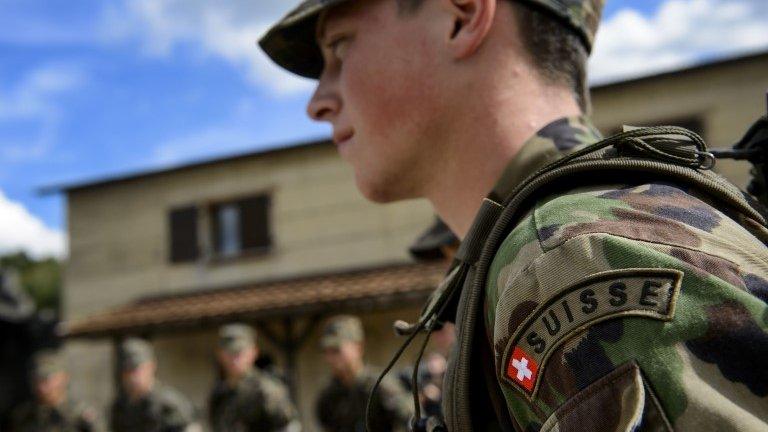
- Published11 February 2013
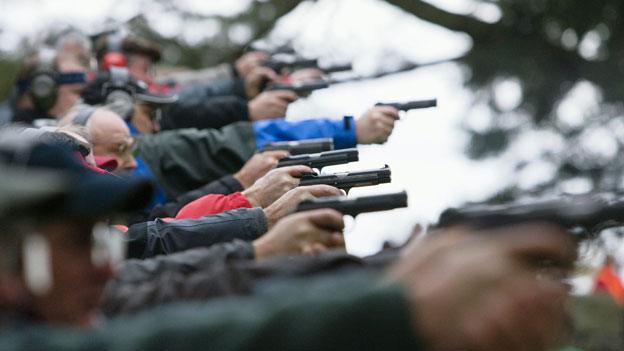
- Published19 June 2023
